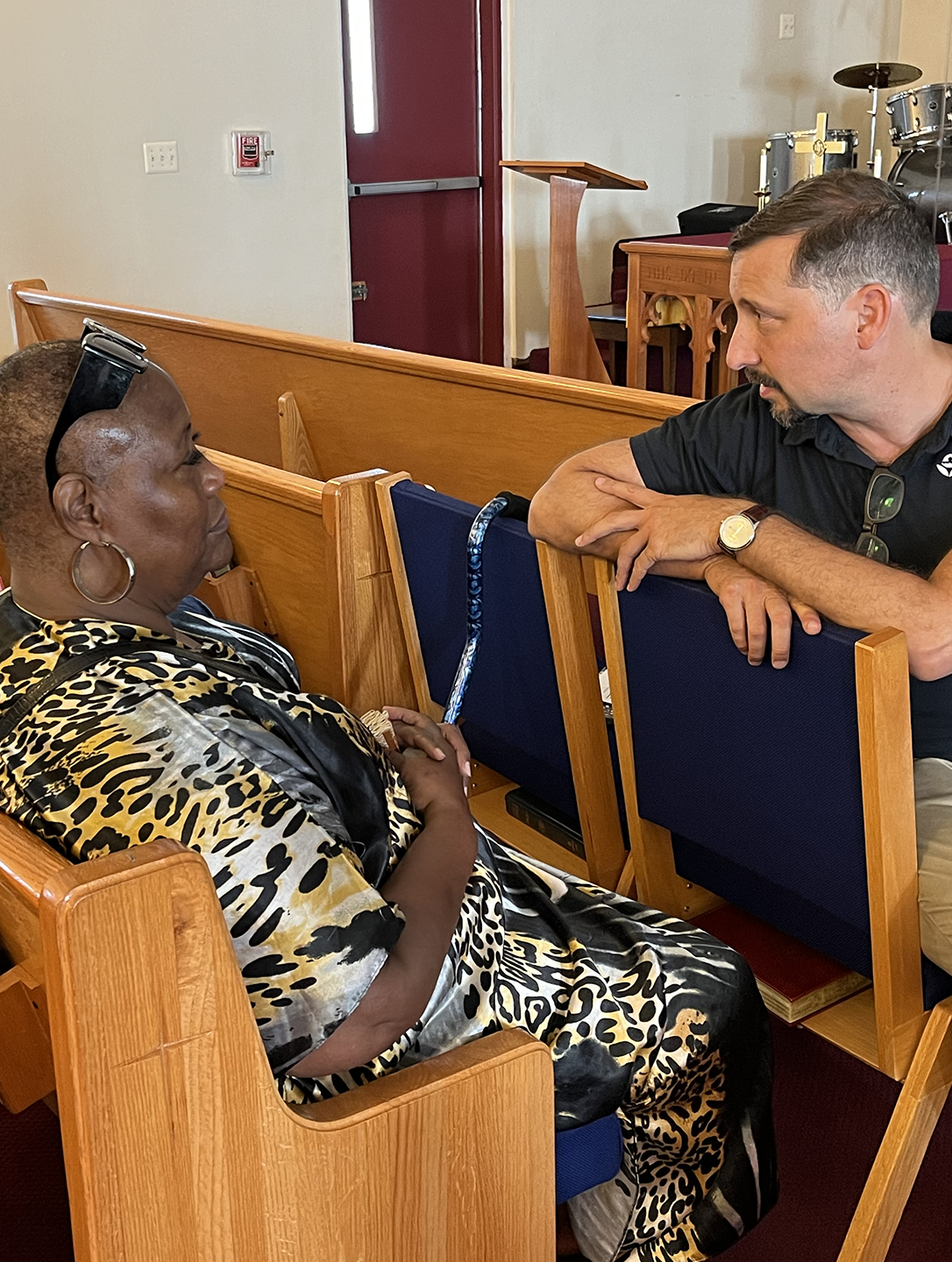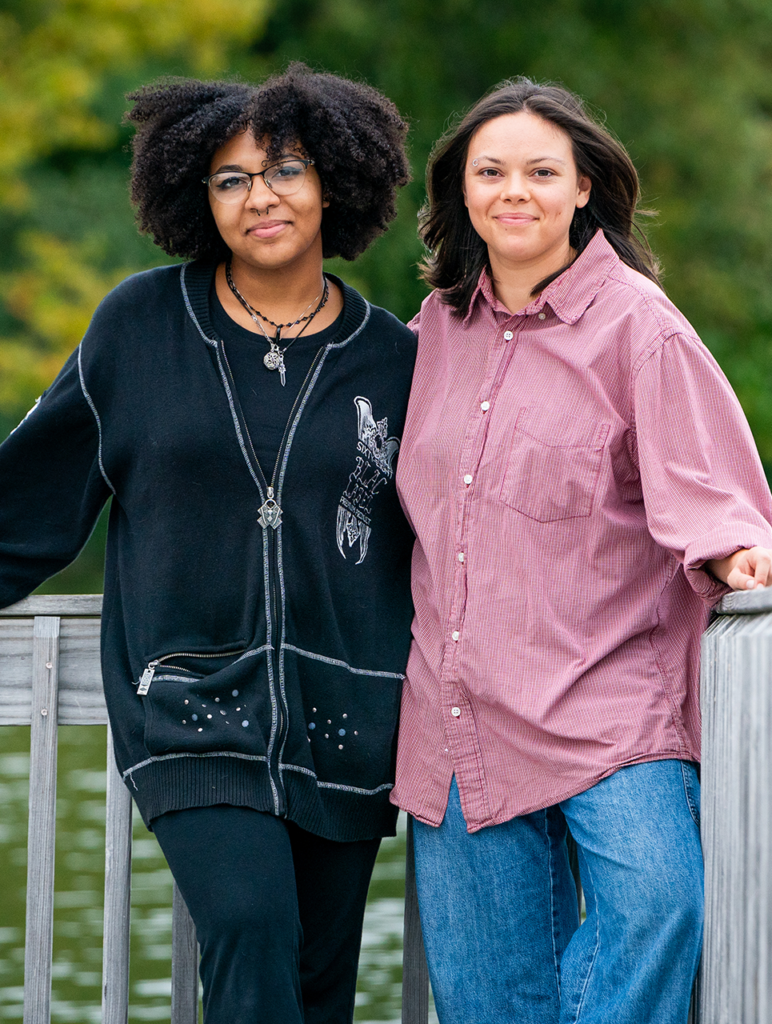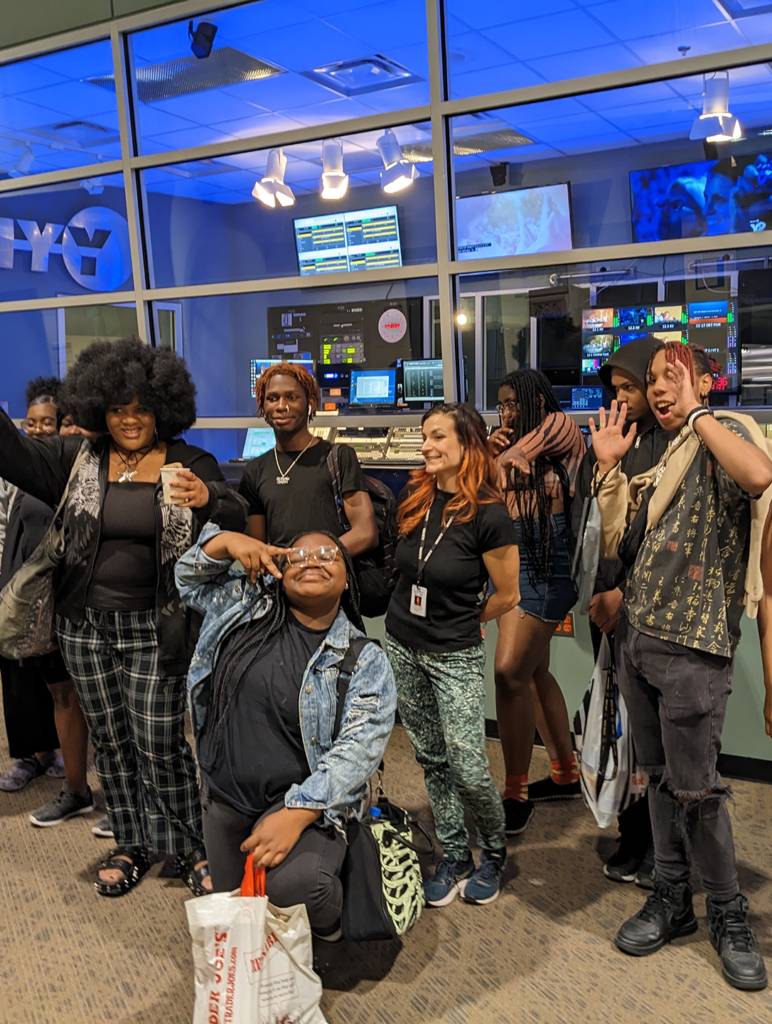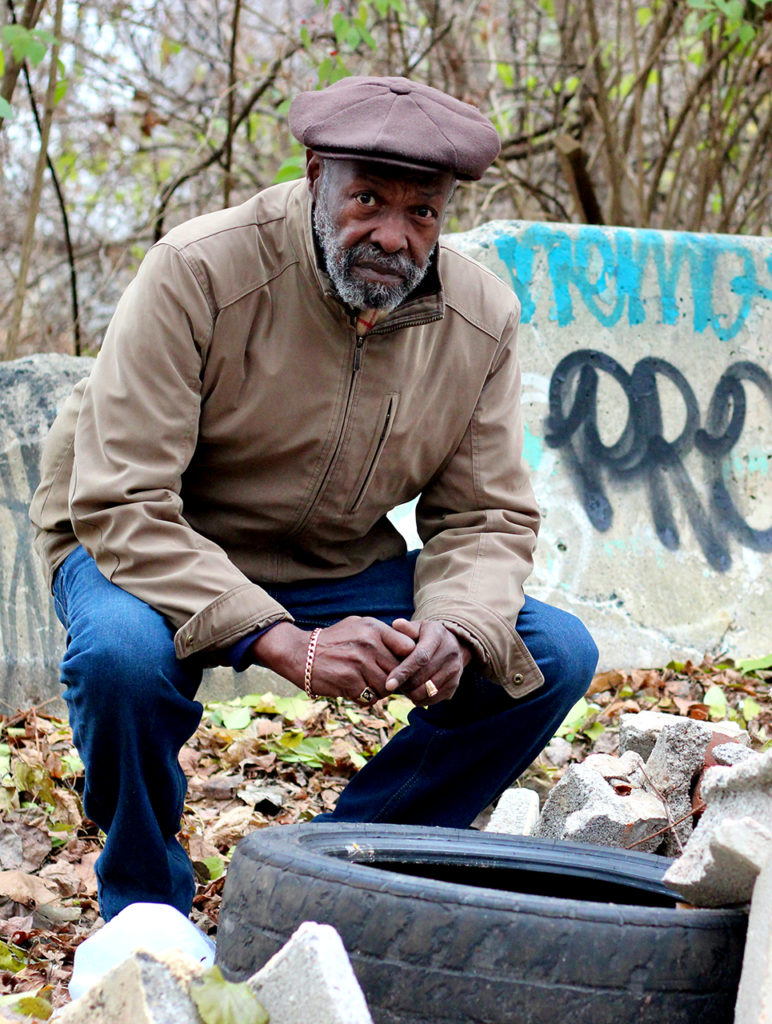For years, the residents of Edmonston, Maryland, had needed help.
Situated just outside Washington, D.C., the town of about 1,500 people, primarily Hispanic and Black, had flooded for four years in a row in the late 2000s. The issue wasn’t overflow from the Anacostia River that bisects the municipality, but rather its outdated and ineffective water management infrastructure. Residents were overwhelmed.
The community wanted progress, but Edmonston had a budget of just a few hundred thousand dollars and little more than a handful of staff working with Adam Ortiz, its volunteer mayor. Even with billions in grant funding available from the Obama administration’s 2009 stimulus package, they hardly knew how to tap into the opportunity.
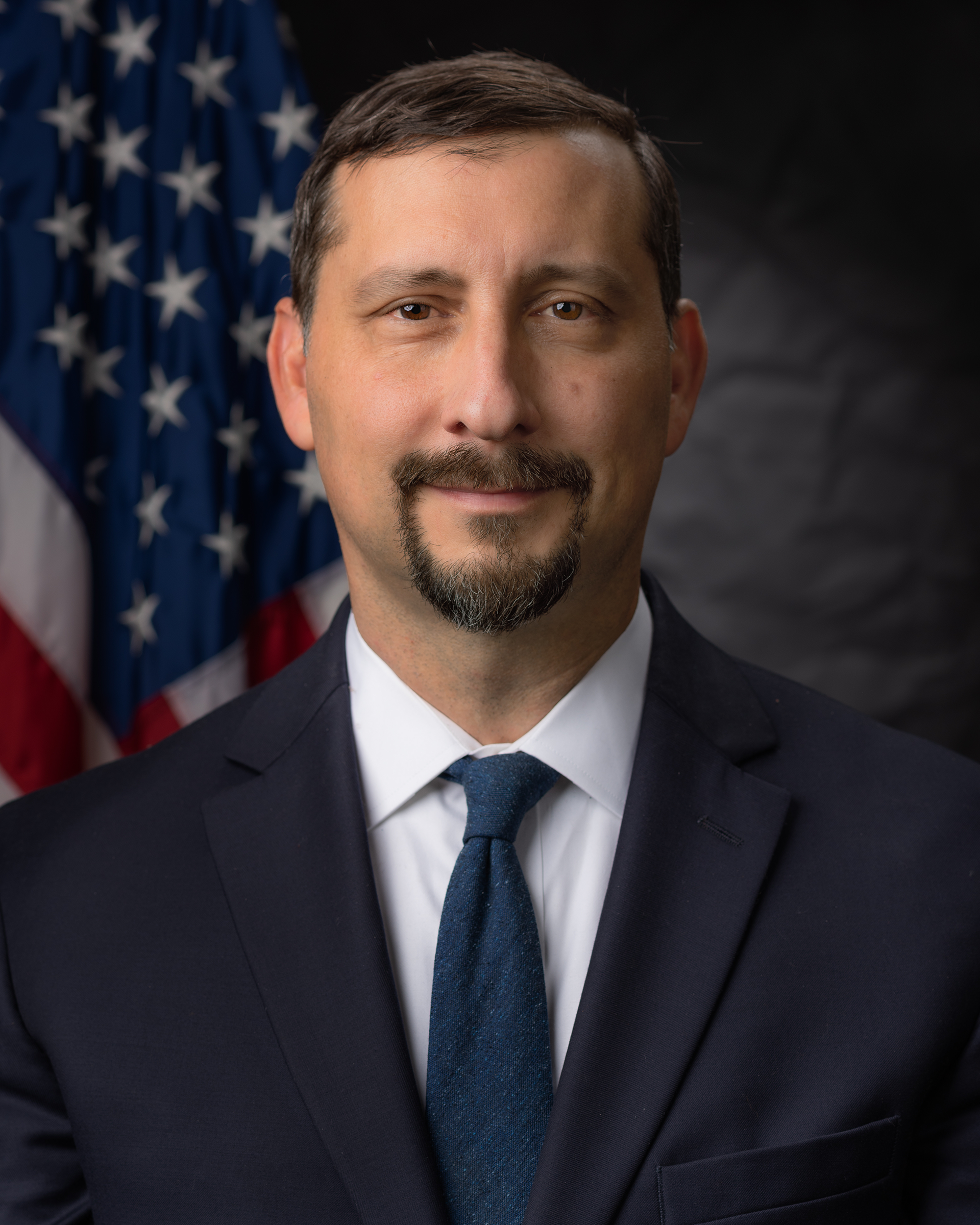
In stepped the Chesapeake Bay Trust, an organization dedicated to supporting communities with watershed restoration projects. The Trust aided Edmonston in applying for grants, helping the town navigate the complicated paperwork, due diligence and quality assurance processes required to succeed. In the end, it worked. The town received $1.2 million to turn its main artery, Decatur Street, into a green street, complete with bike lanes, wider sidewalks and LED lighting. Rain gardens and permeable pavement reduced flooding and improved water quality.
“It transformed the town,” Ortiz, who is now the U.S. Environmental Protection Agency’s Mid-Atlantic regional administrator, says.
As the need for environmental justice solutions becomes more urgent, a new federal program is aiming to help more communities find the type of support that allowed Edmonston to turn things around. The EPA’s Thriving Communities Technical Assistance Centers (TCTAC) program was designed to bridge the gap between environmental justice communities and the funding they need by providing education and support on the grantmaking process.
With the help of local partners, including West Philadelphia’s Overbrook Environmental Education Center, the program will use $12 million to reach communities across the Mid-Atlantic that are ready for change but need support to make it happen. Nationally, the program features 17 centers and $177 million in total funding from the Inflation Reduction Act.
This is really about communities that have been voiceless for too long finally getting the voice that they deserve.”
— Adam Ortiz, Environmental Protection Agency
In the Philadelphia area, the TCTAC program is focused on engaging communities in Grays Ferry, Germantown, Nicetown-Tioga, Elmwood, Port Richmond and South Chester, which Ortiz says are among those with “the most exposure to environmental stressors and the least means to fight back.”
“For too long, many of the communities that have borne the brunt of environmental injustice have struggled to get the help they need,” U.S. Sen. Bob Casey says. “This program will empower Philly communities to combat the climate crisis and help them access the resources they need to create a cleaner future.”
The Overbrook Center is hosting a three-day symposium at the Academy of Natural Sciences, beginning October 17, to engage community members that might benefit from the new program and promote conversations about grant support and project development. Environmental and climate experts, government agencies and philanthropic funders will all be in attendance to meet with under-resourced organizations and neighbors.
“Those on the frontlines should be at the front of the line when it comes to getting dollars,” says Sacoby Wilson, director of the Center for Community Engagement, Environmental Justice and Health at the University of Maryland, which is co-facilitating the Mid-Atlantic effort alongside the National Wildlife Federation, the EPA’s awardee.
Too many communities are attempting to respond to environmental and climate injustice with shoestring budgets, all while dealing with physical stressors like air, water and noise pollution, Wilson says. The TCTAC program was designed to offer technical assistance and skill development to overcome the obstacles to getting projects off the ground.
For many environmental justice communities, the barriers to progress are varied, says Jerome Shabazz, Overbrook’s executive director. Those barriers may be academic, socioeconomic, language-based or scientific. Overbrook’s role in the TCTAC program, which Shabazz describes as a “spoke and hub” configuration, is to serve as a liaison for those in Philadelphia that need a helping hand addressing such hurdles.
“How wonderful is it to work with someone who understands the science, the technology and the program, but doesn’t come across as threatening and too academic to be approached?” Shabazz says.
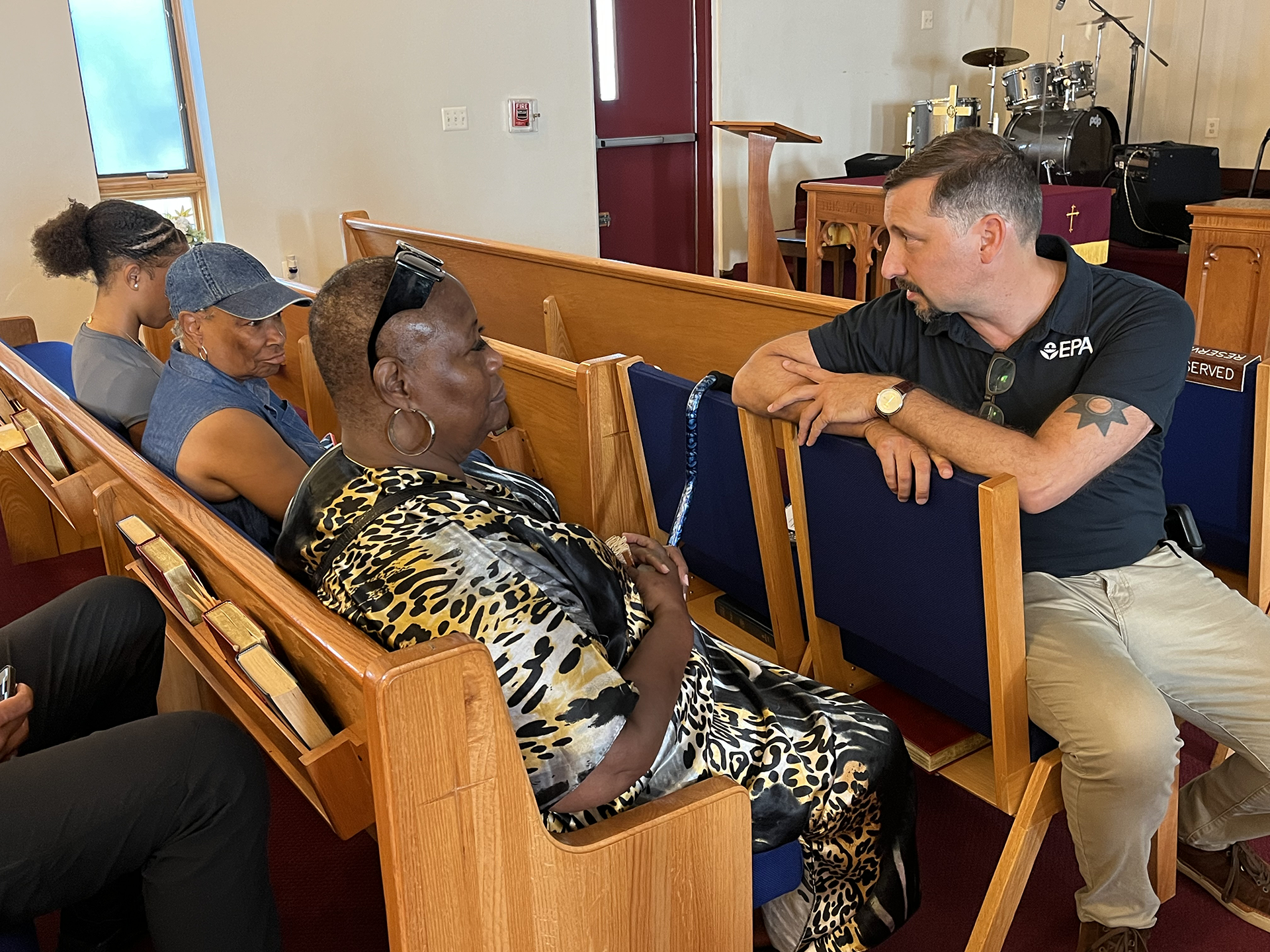
Similar community-based organizations are serving the TCTAC program throughout the Mid-Atlantic, including the South Baltimore Community Land Trust, Empower DC and Centro de Apoyo Familiar.
For many organizations, including those in Philadelphia built around neighborhood gardens and urban farms, the work of changing a community’s environmental future is so consuming that taking advantage of federal resources is an afterthought, Shabazz says. In some cases, that means they haven’t been able to take fundamental steps like registering with the Internal Revenue Service as a 501(c)(3) or getting established on grants.gov to apply for funding. Those technical gaps may be the difference between an organization sustaining long enough to change its community for the better and falling through the cracks.
After nearly three decades promoting environmental education and organizing environmental projects around the city, Shabazz knows how much of a difference technical support can make. He’s currently working on an air quality monitoring project in West Philadelphia with help from partners at Drexel University and Villanova University. As he points out, though, those partnerships rely on financial backing that many organizations in the area struggle to access. He doesn’t want to see any more communities fall short of their environmental goals for lack of funding or institutional support.
“Having someone to talk to — to get information and advice from — is a major part of your ability to see a future in this work,” Shabazz says.
Philadelphia offers examples of the type of change possible when communities in need are met with the aid the TCTAC program aims to provide, Ortiz says. In Nicetown-Tioga, a low-income community dealing with the recent establishment of a SEPTA natural gas plant, the Pennsylvania Horticultural Society helped bring in an EPA grant to turn a former brownfield into a community garden. The project brought green space into an area dominated by concrete and asphalt, and led to a broader effort to clean and green the neighborhood, train residents for green jobs, expand the tree canopy and improve access to fresh food.
In competitive grant programs, the largest and best-resourced communities are often those most capable of submitting successful applications, Ortiz says, either because they can afford the engineering and design work required or the time to understand the nuances of what grantmakers are seeking.
“There’s a historical imbalance. The communities that need [funding] the most are not always the most organized or don’t have the capacity to be competitive,” Ortiz says. “But there’s a little revolution in environmental justice and we’re just getting started.”
U.S. Rep. Dwight Evans, D-Philadelphia, says the TCTAC program can be “another tool in the toolbox to rebuild and make progress.” No one understands the challenges communities face after decades of environmental burdens and disinvestment better than the communities themselves, he says. The program is intended to deliver support in finally addressing those challenges.
“This type of funding can unlock opportunities and progress for these communities, and I’m excited to see what will come from this,” Evans says.
The TCTAC program is part of a broader effort to address environmental justice issues at the federal level that has been delivering funding to the Philadelphia region, Evans says, including four related grants from the EPA last year that totaled $2.5 million; $500 million for water upgrades and lead service line removal; and a $396 million grant to the Pennsylvania Department of Environmental Protection to fund community-driven solutions to climate pollution.
“There’s an opportunity for capacity development that we haven’t seen in a long time,” Shabazz says.
Ortiz calls environmental restoration “an all-hands-on-deck effort.” The EPA and federal funding play an important role in that effort, but “folks in communities who see things every day they’re concerned about and want to make a difference are the most important members of the team.”
To that end, Wilson, at the University of Maryland, says he wants the Mid-Atlantic TCTAC to help at least 250 communities apply for grants over the course of the program’s five-year timeline — and for at least half of them to succeed. Ortiz anticipates little challenge meeting that target and making a difference in more places like Edmonston and Nicetown-Tioga.
“This is really about communities that have been voiceless for too long finally getting the voice that they deserve,” he says.


